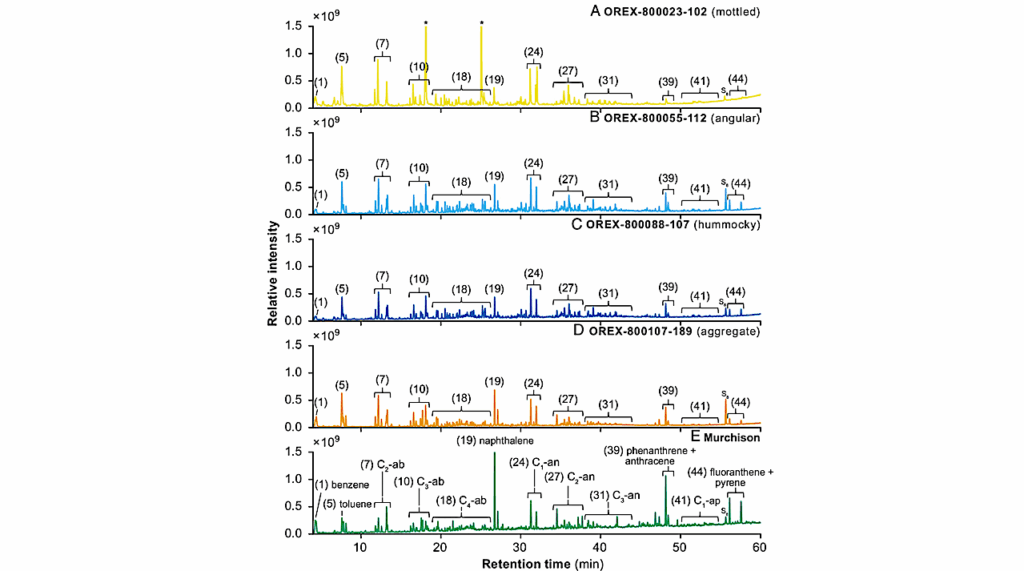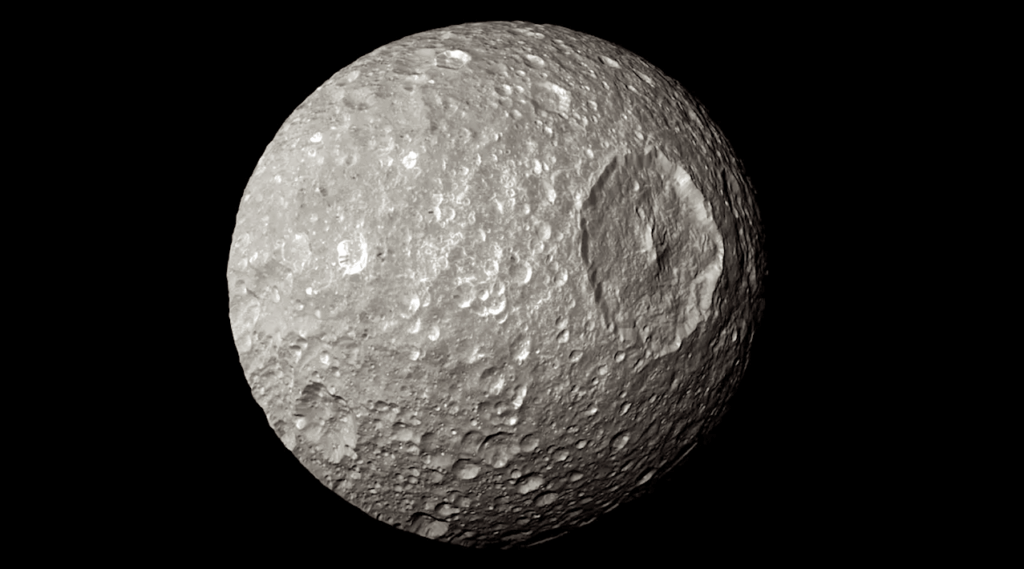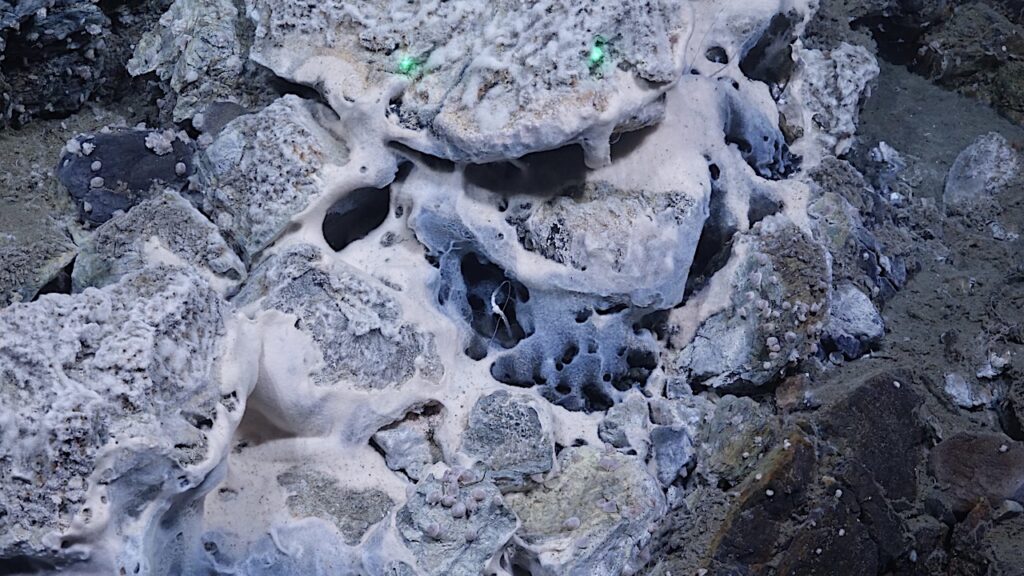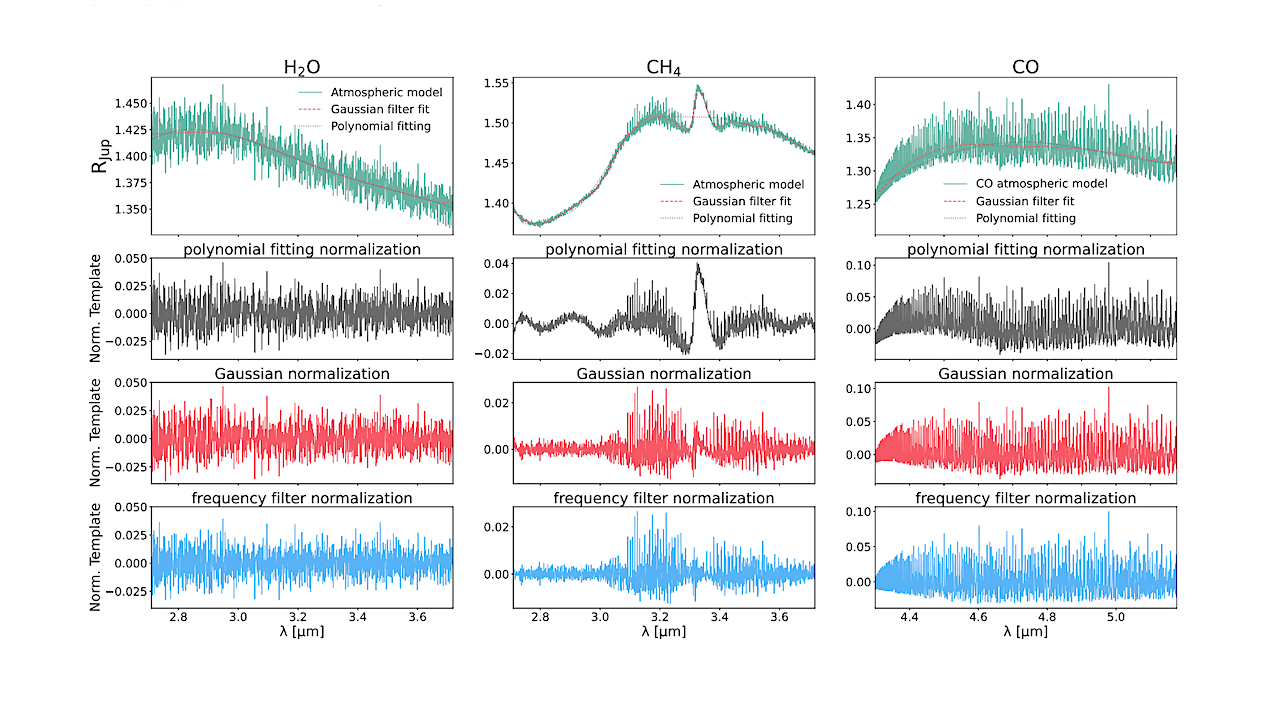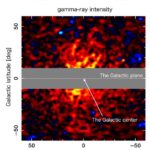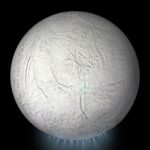Now Reading: Combined Exoplanet Mass and Atmospheric Characterization for Accelerated Exoplanetology
-
01
Combined Exoplanet Mass and Atmospheric Characterization for Accelerated Exoplanetology
Combined Exoplanet Mass and Atmospheric Characterization for Accelerated Exoplanetology
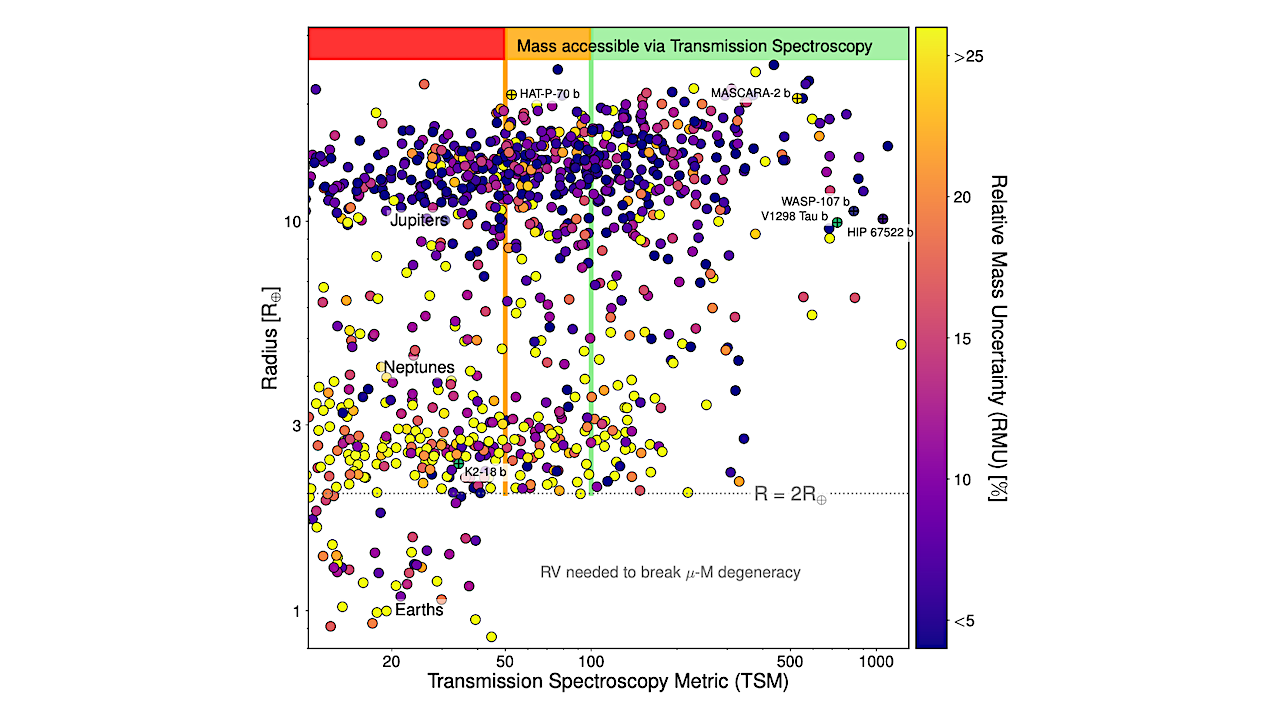

Application domain for mass measurements via small JWST atmospheric exploration programs. Size of known exoplanets with mass measurements (relative mass uncertainty, RMU, as color) versus their estimated TSM—data from Ref.37. Planets with mass informed by transmission spectroscopy are labeled (e.g., V1298 Tau12,13 and HIP 67522 b17). For planets with TSM≥100, direct mass measurements via atmospheric exploration is recommended—with a caveat for the rare terrestrial worlds with TSM≥100 for which a degeneracy between the atmospheric mean molecular weight (µ) and the planetary mass (M) may require independent mass insights from RV. While 734 exoplanets have 5σ+ mass constraints (i.e., RMU 20%), 171 of them (23%) reach a similar or better precision (RMU≤ 10%) with a small JWST exploration program (≤2hrs of in-transit data). That number reaches 284 when accounting for all known exoplanets, which is equivalent to a third of the current mass-constrained population. — astro-ph.EP
Today’s most detailed characterization of exoplanet atmospheres is accessible via transit spectroscopy (TS).
Detecting transiting exoplanets only yields their size, and it is thus standard to measure a planet’s mass before moving towards their atmospheric characterization, or even the publication of their discovery. This framework, however, can act as a bottleneck for high-throughput exoplanetology.
Here, we review existing applications of an alternative approach deriving exoplanet masses in small JWST atmospheric exploration programs and quantify the potential of its systematic application. We find that for ∼20% of transiting exoplanets with existing mass constraints, a small JWST exploration program could yield the planetary mass with a similar–or better — precision.
Such results suggest that proceeding directly with atmospheric exploration programs for favorable exoplanets (i.e., with a transmission spectroscopy metric, TSM, ≥100) could substantially reduce the time from detection to exoplanet atmospheric study and further support JWST’s scientific output over its lifetime while saving up to 20% of resources on radial-velocity (RV) facilities.
Furthermore, it can substantially increase the sample of characterized planets of three distinct subpopulations (Neptune-sized, young, and hot-star exoplanets), each providing specific insights into formation and evolution processes. As the field of exoplanets increasingly turns to directly imaged planets, mastering the determination of planetary masses from atmospheric spectra will become essential.
Julien de Wit, Sara Seager, Prajwal Niraula
Comments: Provided early to support the community’s JWST C5 proposals. Comments welcome
Subjects: Earth and Planetary Astrophysics (astro-ph.EP); Instrumentation and Methods for Astrophysics (astro-ph.IM)
Cite as: arXiv:2509.25323 [astro-ph.EP] (or arXiv:2509.25323v1 [astro-ph.EP] for this version)
https://doi.org/10.48550/arXiv.2509.25323
Focus to learn more
Submission history
From: Prajwal Niraula
[v1] Mon, 29 Sep 2025 18:00:03 UTC (1,831 KB)
https://arxiv.org/abs/2509.25323
Astrobiology,
Stay Informed With the Latest & Most Important News
-
 012024 in Review: Highlights from NASA in Silicon Valley
012024 in Review: Highlights from NASA in Silicon Valley -
 02Panasonic Leica Summilux DG 15mm f/1.7 ASPH review
02Panasonic Leica Summilux DG 15mm f/1.7 ASPH review -
 03How New NASA, India Earth Satellite NISAR Will See Earth
03How New NASA, India Earth Satellite NISAR Will See Earth -
 04And Thus Begins A New Year For Life On Earth
04And Thus Begins A New Year For Life On Earth -
 05Astronomy Activation Ambassadors: A New Era
05Astronomy Activation Ambassadors: A New Era -
06SpaceX launch surge helps set new global launch record in 2024
-
 07Space Force plans new ‘Futures Command’ amid pressure to speed up modernization
07Space Force plans new ‘Futures Command’ amid pressure to speed up modernization












